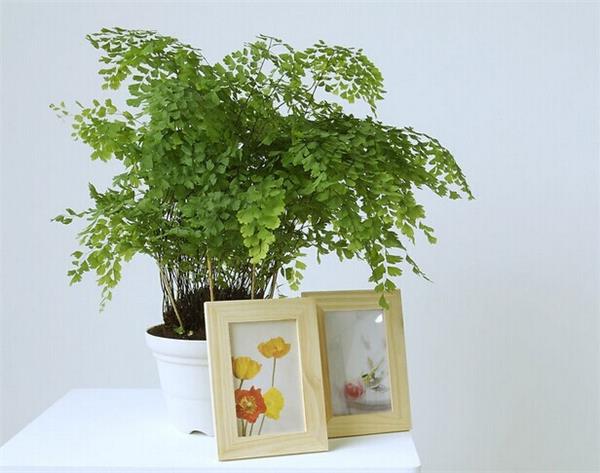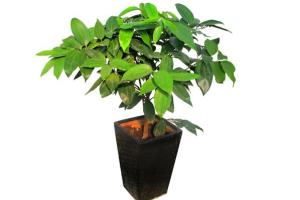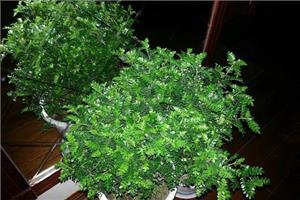How to cultivate Dryopteris in gardening life
Dryopteris, Dryopteris, perennial herbs, 0.1-0.6 m high. It is named Dryopteris Dryopteris because of its slender stem and color like iron wire. This is a common potted plant. Do you know how to plant it? The following editor will introduce to you the breeding method of iron wire rattan.

Culture method of Dryopteris Dryopteris
1. Dryopteris likes the humid environment and should be fully watered during the growing season. In addition to keeping the basin soil moist, we should also pay attention to the high air humidity and sprinkle water around the plant when the air is dry. Especially in summer, water should be watered 1-2 times a day. If there is a lack of water, it will cause the leaves to shrink. Watering taboo basin soil when dry and sometimes wet, easy to make the leaves yellow.
2. Dryopteris prefers loose, permeable and fertile calcareous sand loam, and the cultivated soil can be mixed with loam, rotten leaf soil and river sand in pot cultivation.
3. It is warm and cold-tolerant. The suitable temperature for growth is 21-25 ℃ in daytime and 12-15 ℃ at night. In winter, the leaves can keep fresh green when the temperature is above 5 ℃, but frost injury will occur when the temperature is lower than 5 ℃.
4. Like bright scattered light, afraid of direct sunlight. If the light is too strong, the leaves will be withered and yellow or even die, which can be properly shaded in summer, and most of the leaves will be withered and yellow if the strong light is directed for a long time. It should be placed in a dark place indoors, and it can grow normally even if it is placed for 1 year.
5. Potted Dryopteris Dryopteris is often caused by leaf blight. Bordeaux solution can be used to control it at the initial stage, and 70% methyl topiramate 1000-1500 times solution can be used to control it in severe cases. If the plant is damaged by scale insects, 40% omethoate 1000 times solution can be used for control.
6. After autumn, as the temperature drops, Dryopteris will grow slowly, and the old leaves will gradually turn yellow, so they should be cut off.
7. Apply thin liquid fertilizer 2-3 times a month, do not stain the leaf surface when applying fertilizer, so as not to cause rotten leaves. Because of the calcium-loving habit of Dryopteris, appropriate amount of lime and broken eggshell should be added to the basin soil, and the effect of calcareous fertilizer will be better. In winter, we should reduce watering and stop fertilizing.
The pteridophyte has beautiful stems and leaves, beautiful shape and small plant type, which is most suitable for office small pot cultivation. Can be used as trinkets to decorate the beautiful environment, but also can green the environment, make people feel at ease.
- Prev

The culture method of asking for a good lottery head safe tree
The culture method of asking for a good lottery head safe tree
- Next

Matters needing attention in the culture of fragrant wood with precious medicine price
Matters needing attention in the culture of fragrant wood with precious medicine price
Related
- Wuhan Hospital Iron Tree Blooming Result Was Instantly Frightened by the Gardener Master
- Which variety of camellia is the most fragrant and best? Which one do you like best?
- What is the small blue coat, the breeding methods and matters needing attention of the succulent plant
- Dormancy time and maintenance management of succulent plants during dormancy
- Minas succulent how to raise, Minas succulent plant pictures
- What are the varieties of winter succulent plants
- How to raise succulent plants in twelve rolls? let's take a look at some experience of breeding twelve rolls.
- Attention should be paid to water control for succulent plants during dormant period (winter and summer)
- Watering experience of twelve rolls of succulent plants
- Techniques for fertilizing succulent plants. An article will let you know how to fertilize succulent plants.

